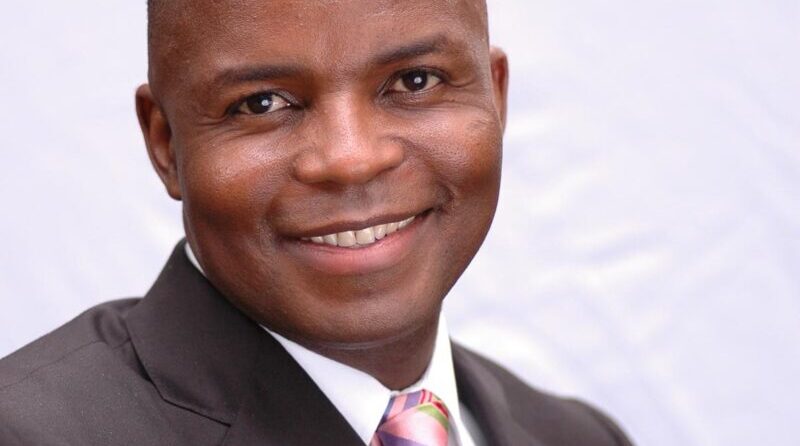Brand Africa ‘guru’, Thebe Ikalafeng in this interview gives us an update on the current state of the branding and reputation of countries in Africa – and the continent as a whole. Thebe’s interview is as much a source of inspiration as it is a call for action. It is also an invitation for those of us not living in Africa, to check whether our perceptions of Africa still match reality.
Some of the topics covered:
- The incredible volume of innovation happening across Africa;
- The strongest and weakest points of Brand Africa;
- The biggest changes in Africa’s image abroad in recent years;
- How a country’s political leadership influences its place brand;
- How great brands have a catalytic impact on their societies and create a better way of life.
Thebe, do you remember the first time you thought about brands in connection with places?
Growing up in a then isolated apartheid South Africa and still colonized continent, we all grew up with a yearning for places beyond our borders. They represented an escapism and influenced our daily expressions: We even dressed ‘Italian’.
As a former English colony, I was surrounded by English symbolism – Queen Elizabeth Bridge, Port Elizabeth, King Edward Hospital, for example. In freedom songs, we yearned for Fidel Castro of Cuba to help liberate us.
We romanticized about America and Hollywood – a place to realize dreams – and for black Africa, a place that represented ‘free’ Africans (despite the history of slavery). We may not have called it ‘branding’ anything, but each place had a unique position, reputation or symbolism in our minds.
But as ‘science’ or profession that can be applied to places? I actively engaged with the concept while I was still in corporate as marketing director for Nike across Africa in a new post-apartheid South Africa, which needed to redefine what this new nation stands for and should project to the world.
Around 2000, former state president Thabo Mbeki then established the International Marketing Council of South Africa, later re-branded Brand South Africa, to articulate and promote a compelling image for South Africa to the world, to attract foreign investment, trade and tourism. That mission was captured with the tagline, or rallying promise ‘alive with possibility’, a very apt description of a new, ambitious, free and welcoming South Africa.
One of the authoritative resources in this area of public diplomacy and ‘nation branding‘ is Simon Anholt, whom I invited to South Africa in 2010 to address my Brand Africa Forum. The event took place immediately after the FIFA World Cup in South Africa, to leverage the successful event to rethink the broader African brand.
I’ve since gone on to consult to Brand South Africa through the Brand Leadership Group, which I founded in 2002. Over the last 3 years, I have been a non-Executive Director on that board and now am also deputy Chairman of South Africa Tourism.
In your view, which are the strongest and the weakest points of Brand Africa?
Certainly, the weakest point is the lack of a unified agenda and coordinated proactive action plan to transform the continent’s reputation beyond the theory offered in African Union’s Vision 2063.
While we have the African Union as the central organizing body, we’re still talking about 54/5 sovereign countries at different levels of development, priorities and motivations.
As a continent, we are much more than the ubiquitous map of Africa, which finds expression in everything about Africa – especially as corporate identity for many of the pan-African development institutions. We are colored and unified, rather than divided, by the more than 1,000 diverse languages and tribes across Africa.
We are better than the widespread perception of the outside world of Africa as corrupt and undemocratic – although the recent trend of referenda to amend term limits even by the revered Rwanda don’t do much to show this is not business as usual.
What is exciting, though, is the incredible volume of innovation across the continent, largely catalyzed by mobile and technology. Some examples are Safaricom’s MPESA (Kenya), the world benchmark for mobile money transfer, mpedigree (Ghana), the global brand known for the uses of mobile phones and other web technologies to secure products against faking and counterfeiting, and DryBath waterless bath innovation (South Africa).
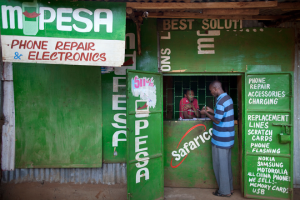 Many of these innovations are driven by youth – who represent more than 60% of the continent, with as much as 70% under the age of 30 – the youth dividend as it is called.
Many of these innovations are driven by youth – who represent more than 60% of the continent, with as much as 70% under the age of 30 – the youth dividend as it is called.
The young are restless and ambitious and see a different future for Africa – as demonstrated by the Arab Spring that started in Tunisia in 2011, the anti-Abdoulaye Diop re-election and corruption protests in Senegal in 2011, the #FeesMustFall campaign of 2015 in South Africa, and the Nigerian #BringBackOurGirls campaigns.
Those are the promising voices of reason of Africans who see, believe and will fight for a better Africa. This much is true – Africa has a future and the rest have a past.
Which do you think has been the biggest change in Africa’s image abroad, since you entered the field?
Africa, Africans are more confident and assertive – and this is beginning to find expression in everything we do – particularly in creativity.
Today you see global brands, such as Balmain, Burberry and Louis Vuitton, using African-inspired design in their ranges. A country such as Botswana is now the center for the complete value chain in diamonds – having repatriated that role from England.
African and the diaspora, such as Lupita Nyongo, Idris Elba and David Oyelowo’s representation on global stages in Tinseltown, presented a different image of Africans other than beggars, borrowers and blamers.
The transformation of Rwanda from the genocide that nearly destroyed a nation over 20 years ago, South Africa after 48 years of apartheid, and most recently the 2010 FIFA World Cup in South Africa, have shown the better side of Brand Africa.
Africa is standing up and out for itself, against traditional superpowers. Africans no longer go to the G8 for allocations of ‘free’ AID, a meal and international flight – but are going there as equals, with an African agenda.
There’s a long way to go but this is not the same Africa – its growing, confident and increasingly independent – and finding its voice and muscle.
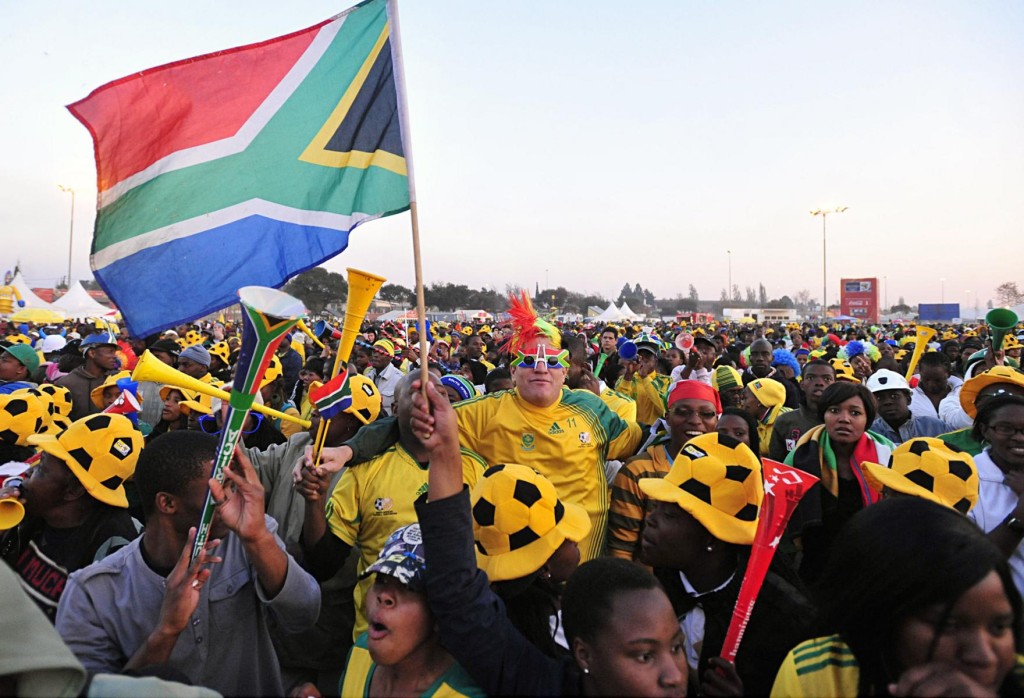
To what extent does a country’s political leadership influence its place brand?
The earliest independence of Africa – sub-Sahara Africa – only took place in 1957, followed by Ghana, North Africa and Libya in 1953. All these liberations, up to the last – South Africa in 1994, are known for and by the leaders who led their struggles – Nelson Mandela, Muamar Gaddafi, Kwame Nkruma among a stellar class of freedom fighters between the 50s and 80s.
These leaders embodied the suffering, the ambitions and the triumph over the evil systems of apartheid, colonialism and slavery. For their citizens, their freedoms would not have been possible without their leadership. That is a good thing – and a challenge for Africa – as human beings are fallible – despite their best intentions.
Thus, the challenges with leaders refusing to give up power against their own citizens’ wishes and plundering the fortunes and reputations of their nations. But there’s no doubt the importance of leadership – they help articulate the vision, mobilize support and represent a nation and its ambitions.
Paul Kagame of Rwanda was instrumental. Mandela was the embodiment of a forgiving South Africa. Nkrumah was the champion of African independence.
On the contrary, the recent decision by the South African president Jacob Zuma to unilaterally fire a competent and respected finance minister led to the collapse of the currency, national rating and depressed perception of brand South Africa.
Political leaders’ policy or personal decisions have a direct impact on their nation’s brand.
In previous interviews, you have talked about “transformational brands”. Can you explain what you mean by this and how corporate brands are connected to a country’s brand?
Great brands have a catalytic impact on their societies and create a different, better way of life. For example, according to the World Bank, Safaricom’s Mpesa in Kenya has moved rural bank use from 5% in 2006 to 70% in 2010. According the Central Bank of Kenya, transactions through the Mpesa mobile money platform represent as much as 66% of Kenya’s GDP.
In developing markets where the needs are still basic – water, electricity, financial access, education, health, housing – what is required are brands that are able to transform nations and enable a better life.
Another, Bright Simons’ mPedigree Network, a software that enables the verification of medicines to protect against counterfeit medicines in developing nations. These are some of the growing types of brands which are world-class but inspired by African needs, conditions and ambitions.
What are the biggest challenges in building and managing Brand Africa?
Africa is 54/5 countries with different sovereign leadership and at different stages of development. It is not a country with a central authority.
Like all place brands, Brand Africa is owned by the citizens: the more than one billion Africans who, through their actions, impact the continental brand.
Because a great number of the countries are not economically independent, some politically unstable with an increasingly impatient, unemployed and/or unemployable youth (70 percent under the age of 30), the continent faces a balancing challenge.
As such, Brand Africa cannot be ‘managed.’ Even with pan-African institutions, such as the African Union, the goal is not about managing, but about influencing, mobilizing and coordinating the best of Africa.
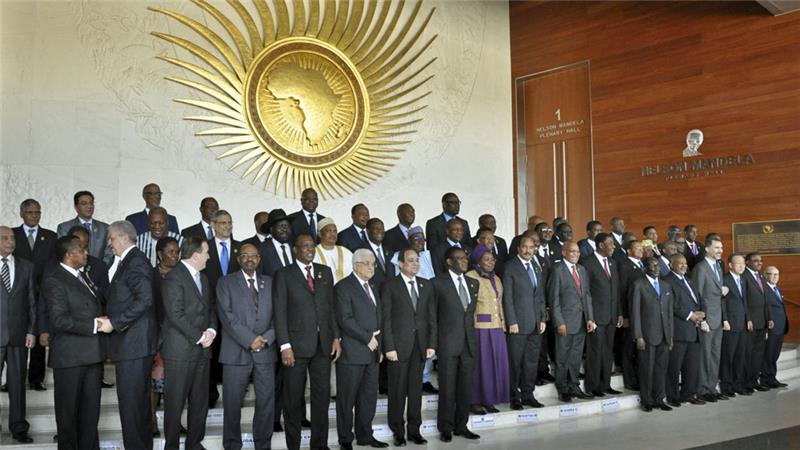
How to measure the success of place branding initiatives?
All nations compete for a global share of investment, trade, and tourism. For the wealth of a nation, the success of place branding initiatives can only be measured by the impact on the reputation, image and relative competitiveness of respective nations.
For its citizens, success of place branding initiatives is what it does to their self-image, identity with and attractiveness for citizenship. Both impacts are interrelated.
What is the residents’ role in your mission to build and change the image of Africa?
As the first line of contact with a nation, residents’ role is to be the embodiment of the nation’s promise – they should live and express the nation’s brand promise.
A nation’s citizens should be, as Mahatma Gandhi put it, “the Change You Wish To See In The World.” They are the window to their world. With their actions, they hold the nation brand’s fortunes in their hands.
Do you actually focus on Africa’s brand as a continent rather than as a set of individual country brands? To what extent does the one influence the success of the other?
Through my advisory firm Brand Leadership which I started in 2002, we help nations develop compelling nation brand propositions and integrated activities.
Through Brand Africa, a non-profit pan-African civil society movement which I started in 2010, we are mobilising Africans to create a positive image of Africa, celebrate its diversity and drive its competitiveness.
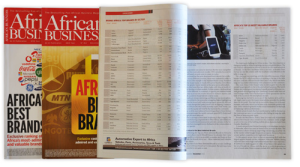
One of our flagship initiatives is the Brand Africa 100: The top 100 most admired and most valuable brands in Africa. Startlingly, over the past 5 years, through this survey and valuable across the 22 countries that represent 77% of Africa’s GDP and population, we’ve established that 77% of the brands that Africans admire are non-African. Now that is a challenge for (Brand) Africa because it essentially means they do not support or have homegrown businesses/brands that will enable it to drive its development and independence agenda.
How do you see the future of Africa, from a brand perspective?
The rest of the world has a past; Africa has a future. The young people of Africa have taken on the challenge of re-shaping the narrative. Technology has obliterated borders which for much of Africa’s post independent history have been a major obstacle in driving trade and tourism within and across Africa.
Africa has the lowest rate at 16% compared to 70% in Europe and tourism – it takes as many as 21 visas to travel through the continent – as an African.
But these barriers are being removed with the signing of the tripartite free trade agreement in 2015, which enables seamless trade across 21 countries.
Ideally, as was envisioned by Kwame Nkruman in 1963, for Africa to be truly independent, Africans should create a common citizenship, unified and common economic bloc and industrial program and foreign policy and diplomatic agenda.
Those are the fundamentals of building the African brand – which African Union on the 50th anniversary of the AU envisioned: a peaceful Africa, prosperous and integrated by 2063.
Thank you, Thebe.
Connect with Thebe Ikalafeng on LinkedIn.
Enjoyed our interview with Thebe Ikalafeng on the branding and reputation of Africa? Thanks for sharing!
